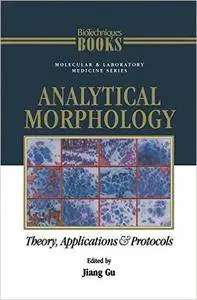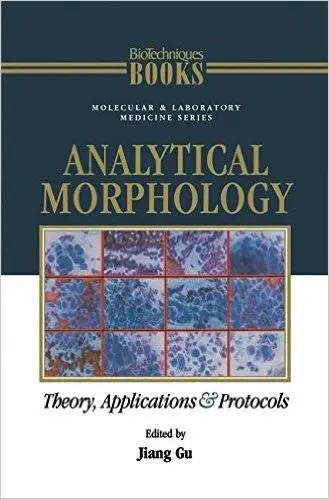Jiang Gu, "Analytical Morphology: Theory, Applications and Protocols"
1996 | pages: 296 | ISBN: 1461286832 | PDF | 11,6 mb
1996 | pages: 296 | ISBN: 1461286832 | PDF | 11,6 mb
This volume is a collection of chapters contributed by leading experts in the emerging field of analytical morphology. Its contents cover a wide range of techniques for morphologic research and diagnosis and it is intended for anyone who wants to keep abreast of the rapid development in this field. Analytical morphology is a contemporary science dealing with the analy sis of shape, size and color arrangement of cell and tissue components by means of a variety of analytical maneuvers. It differs from conventional mor phology and histopathology in that it employs methods beyond routine hema toxylin and eosin or histochemical staining. To a great extent, the advance ment of analytical morphology is based on new advances in other disciplines, such as immunology, molecular biology, laser technology, microwave tech nology and computer science. Using these new methods, particular cellular components that would otherwise remain invisible, such as peptides, pro teins, or nucleotide sequences, are highlighted by visible markers through chemical, physical, immunological or molecular biological reactions. These methods include immunocytochemistry, in situ hybridization, in situ poly merase chain reaction, antigen retrieval, image analysis, and the like. Analytical morphology is the foundation of contemporary medicine. It provides concrete and visible evidence for many conceptual deductions of other life science disciplines.
My Links



